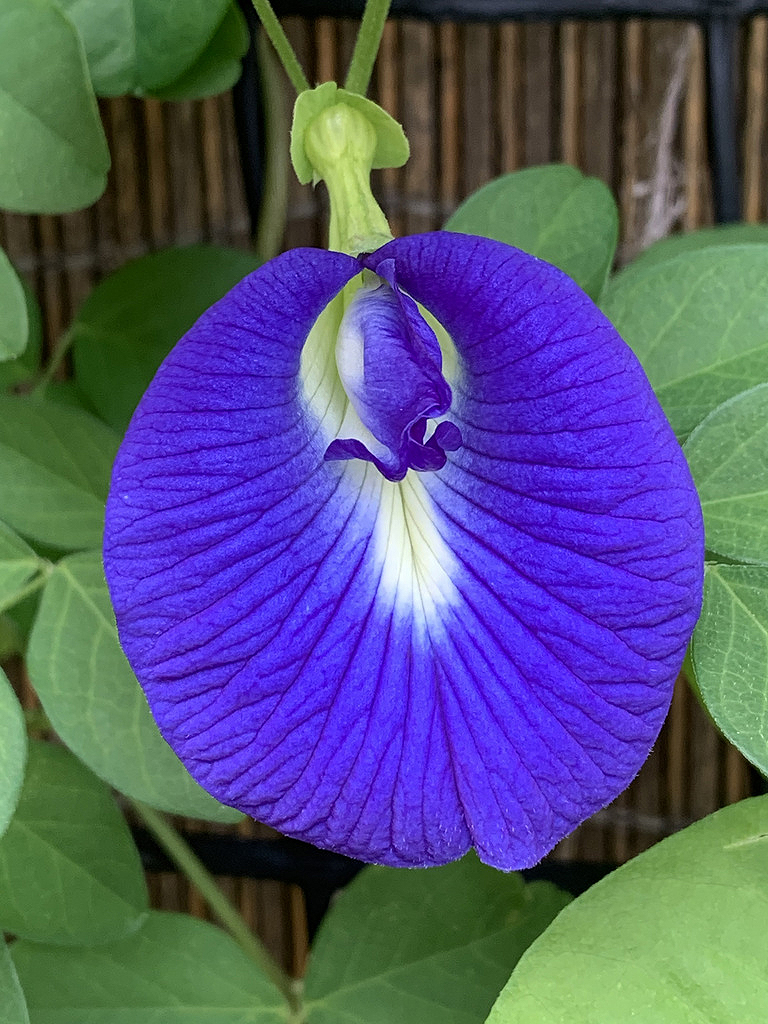The Butterfly Flower Plant: A Delicate Beauty
The Butterfly Flower plant, also known as Schizanthus, is a delicate and beautiful flowering plant that adds a touch of elegance to any garden or landscape. With its unique flowers that resemble delicate butterfly wings, this plant is a favorite among gardeners and flower enthusiasts alike. In this article, we will explore the history, characteristics, and care tips for the Butterfly Flower plant.
History
The Butterfly Flower plant is native to Chile and was first discovered in the early 19th century. It belongs to the Solanaceae family, which includes other popular flowering plants such as petunias and tomatoes. The plant gets its name from its unique flowers, which have thin, delicate petals that resemble the wings of a butterfly.
The Butterfly Flower plant was introduced to Europe in the 1820s and quickly became a popular ornamental plant due to its striking appearance. It has since been cultivated in gardens around the world and is prized for its colorful blooms and long flowering period.
Characteristics
The Butterfly Flower plant is an annual or perennial plant, depending on the variety. It typically grows to a height of 12-24 inches and produces clusters of small, trumpet-shaped flowers in a wide range of colors, including white, pink, purple, and blue. The flowers have a distinct pattern of markings that give them their butterfly-like appearance.

One of the most attractive features of the Butterfly Flower plant is its long flowering period, which can last from late spring to early fall. This makes it a great choice for adding color and interest to a garden throughout the growing season. The plant also attracts butterflies and other pollinators, making it a valuable addition to any garden ecosystem.
Care Tips
Sunlight
The Butterfly Flower plant thrives in full sun to partial shade. It should be planted in a location that receives at least 6 hours of sunlight per day for optimal growth and flowering. In hot climates, afternoon shade may be beneficial to protect the plant from scorching sun.
Soil
The Butterfly Flower plant prefers well-drained soil that is rich in organic matter. It does best in slightly acidic to neutral soil pH levels. Adding compost or peat moss to the soil can help improve drainage and fertility, ensuring healthy growth and abundant flowering.
Watering
The Butterfly Flower plant has moderate water needs and should be watered regularly to keep the soil evenly moist. However, it is important to avoid overwatering, as this can lead to root rot and other problems. Watering in the morning or evening is ideal to reduce evaporation and ensure the plant has enough moisture to thrive.
Fertilizing
Fertilizing the Butterfly Flower plant is important to promote healthy growth and flowering. A balanced, water-soluble fertilizer can be applied every 4-6 weeks during the growing season. Be sure to follow the manufacturer’s instructions for proper dilution and application to avoid over-fertilizing, which can damage the plant.
Pruning
Deadheading spent flowers can help prolong the flowering period of the Butterfly Flower plant and encourage new blooms to form. Pruning back leggy or overgrown stems can also help maintain a compact and tidy appearance. Use clean, sharp pruners to make cuts just above a set of leaves to encourage new growth.
Conclusion
In conclusion, the Butterfly Flower plant is a stunning and unique addition to any garden or landscape. With its delicate flowers that resemble butterfly wings, this plant is sure to capture the hearts of all who see it. By providing the right growing conditions and care, you can enjoy the beauty of the Butterfly Flower plant throughout the growing season. Consider adding this charming plant to your garden and watch as it attracts butterflies and admirers alike.